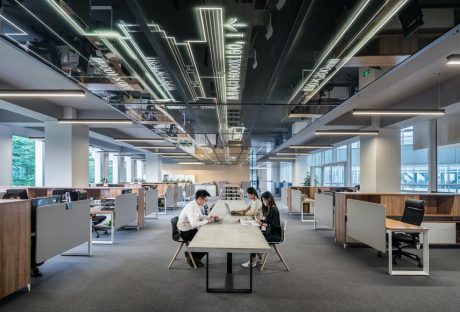The straight leg is a very in-style cut for your jeans. If you’re used to styling other types of cuts, such as skinny jeans, wide-leg pants, or bootcut jeans, it can be challenging to know the best way to wear straight leg jeans. This article will give you styling tips on how to put together the perfect straight-leg jeans outfits.
The Best Ways to Style Straight-Leg Jeans:
1. Length

Straight-leg jeans come in varying lengths that can work better for different people and different style choices. Full-length jeans were more popular for the straight-leg cut in the past. Nowadays, the trendiest looks incorporate slightly cropped straight-leg pants, which fall just above the ankle, at the narrowest point of the leg.
This look is very in-style for both men and women and is a great pairing with larger professional loafers or a classic pair of black heels. Ankle-length straight-leg jeans offer a beautifully modern look appropriate for either a daytime or nighttime look.
2. Shoes
It can be difficult to determine the best shoes to match with straight-leg jeans. Whether you decide on a full-length jean option or a cropped jean look, there are some key tips you can follow in choosing your shoes. Since jeans are such a versatile item, you can pair a wide variety of shoe colors and styles with them, from nice sneakers for a casual look to proper dress shoes for a more sophisticated look.
Almost any variety of flats or shoes below ankle height will pair well with straight-leg jeans. When wearing short shoe varieties, a small portion of your ankle should be showing between the tops of your shoes and the hem of your jeans.
On the other hand, if you need to wear taller shoes or boots during colder weather, you will need to be careful how they pair with your straight-leg jeans. You should make sure that whatever the length of your jeans, they cover the tops of your tall shoes by at least a couple of centimeters. This will keep your boots and straight-leg jeans combination from looking awkward.
Style Your Own Straight Jeans
Thinking about the length and fit of your jeans, as well as how you pair them with various footwear options, is the best way to start putting together excellent outfit combinations with straight-leg jeans. Make sure to pick a fit of jeans that allows you to have freedom of movement while wearing your new outfits.
It is also important when picking out clothing that you are comfortable with the styles you wear. Make sure you pick clothes that you feel good wearing. And most importantly, don’t be afraid to have fun when styling your outfits. Style is a unique expression of personality, so get out there and let your creative juices flow.
Additional Reading:























